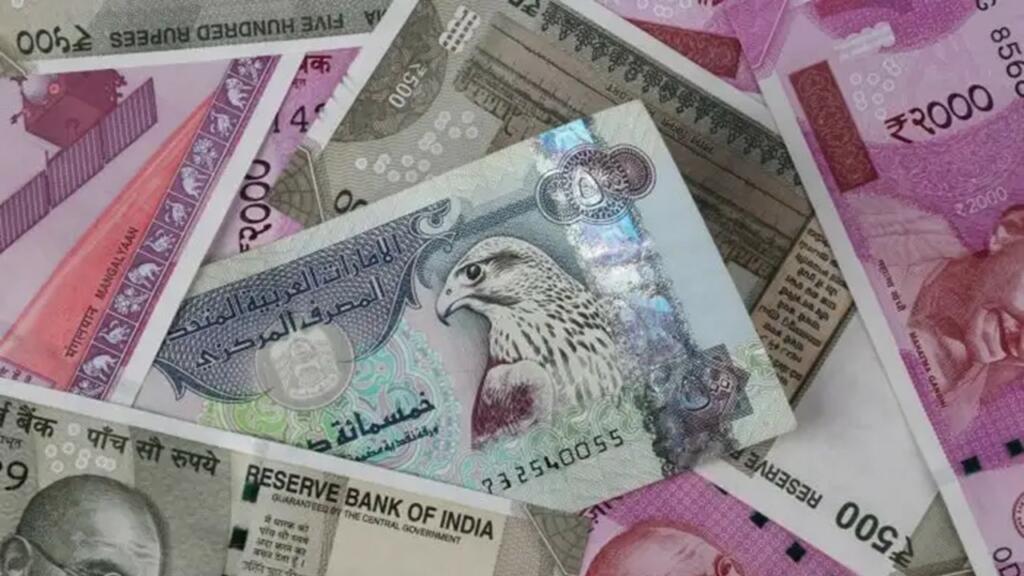In a recent interview, UAE ambassador Abdulnasser Jamal Alshaali stated that India and the UAE are in talks to finalise a rupee-dirham trade arrangement as part of their efforts to build on the two countries’ free trade agreement signed last year. The two countries are also reviewing their aviation agreements in order to expand flights to more Indian destinations and lower airfare. The UAE has previously played a role in resolving tensions between India and Pakistan, and Alshaali believes that any future role in this regard will be decided by both countries.
For the second year in a row, the UAE has been a guest country at the G20, and Alshaali believes that this has helped the country better organise itself internally to manage such participation. The UAE and India have a strong political relationship, and the two countries are working to strengthen economic and Rupee-Dirham trade ties in the coming years.
Rupee-Dirham trade: UAE and India
The UAE’s participation in the G20 is also intended to be an active participant and part of the G20’s social fabric, as the country is in a strong position to navigate all of the turbulence, regardless of what is going on around the world, and is able to bridge various opinions and different points of view.
Also read: India-UAE Business Council is some really bad news for China
Non-oil bilateral trade has reached $44 billion since the signing of the India-UAE comprehensive economic partnership agreement (CEPA) almost a year ago, with a target of $100 billion by 2027. The emphasis is on non-oil trade, and the two countries want to invest in areas that are important to both, such as space, defence, food security, pharmaceuticals, healthcare, and cultural exchanges.
The UAE has also established the UAE chapter of the UAE-India Business Council and is planning the establishment of the UAE-India CEPA Council, which will focus on sectors that both countries want to prioritise under the CEPA framework.
Also read: Alliance of India, France, and the UAE: A new era of cooperation for global leadership
Collaboration
In terms of aviation arrangements between India and the UAE, both sides have reached their capacity, with both UAE and Indian airlines reaching their capacity limits. Because of the high demand, ticket prices have risen, which is not ideal for expanding the relationship. The UAE has asked to fly to more Indian destinations in order to increase capacity and provide more seat capacity on the route.
Overall, the UAE and India are collaborating to strengthen their economic and trade ties, with an emphasis on non-oil bilateral trade. They are looking into various sectors to invest in and expand in, as well as revisiting aviation arrangements to provide more capacity and lower airfare. The UAE’s participation in the G20 is intended to be an active participant and part of the G20’s social fabric, while any future role in resolving tensions between India and Pakistan is up to both countries.
Support TFI:
Support us to strengthen the ‘Right’ ideology of cultural nationalism by purchasing the best quality garments from TFI-STORE.COM
